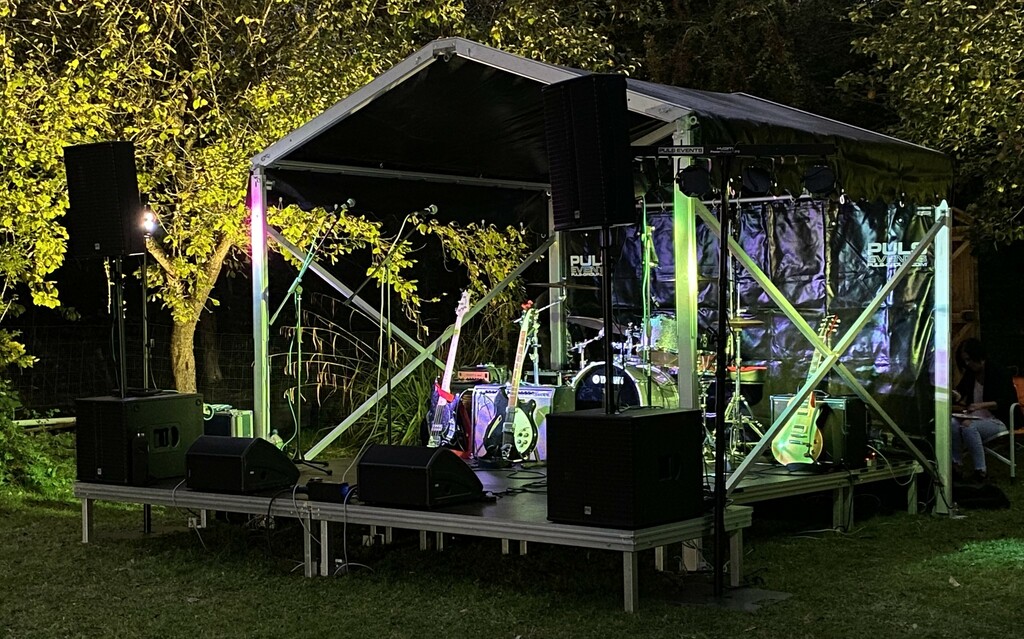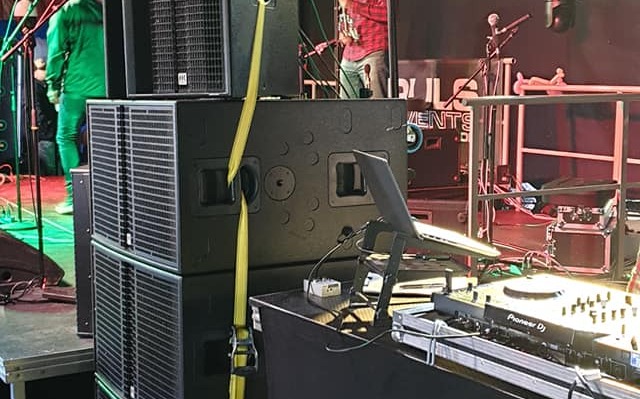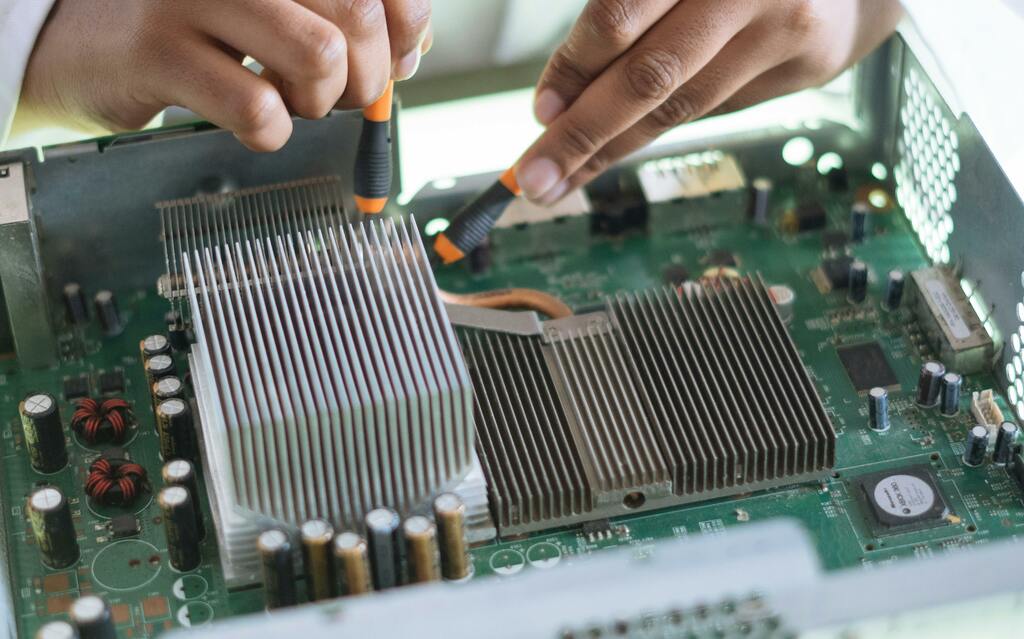Touring performers, whether musicians, comedians, theatre groups, or DJs, rely heavily on electrical equipment such as amplifiers, microphones, lighting rigs and special effects machines. With constant transportation, setup and breakdown of gear, ensuring electrical safety through Portable Appliance Testing (PAT) is essential.
Whilst wired microphones themselves do not need to be PAT tested, if there is an issue with the connection to the electrical earth on any of the associated equipment, it is possible for the outer case and cage of the microphone to become electrically charged to potentially dangerous levels.
Touring equipment is frequently transported, packed, and unpacked, increasing the risk of wear and tear. Loose connections, damaged cables, or faulty plugs can lead to electric shocks or fires. PAT testing helps detect these issues before they become hazardous.
Many venues require PAT certification before allowing performers to use their own electrical equipment. Having up-to-date PAT-tested gear ensures seamless access to performance spaces and avoids last-minute issues.
A failed amplifier, short-circuited mixer, or malfunctioning lighting setup can disrupt a show and damage a performer's reputation. Regular PAT testing helps prevent unexpected technical failures, ensuring a smooth performance.
Touring performers often need liability insurance, and many insurers require evidence of PAT testing. In case of an accident, having a PAT testing record helps demonstrate due diligence and reduces liability risks.
Touring crews frequently handle electrical gear, and faulty equipment can pose risks to them, fellow performers, and even audience members. PAT testing ensures a safer working environment for everyone involved.
Performers travel between venues with different electrical setups, including varying voltages and power sources. Regular PAT testing ensures equipment remains in safe working condition despite these changes.
PAT testing is an essential safety measure for touring performers, helping prevent accidents, comply with venue regulations, and avoid technical failures. By maintaining properly tested equipment, performers can focus on delivering great shows while ensuring the safety of their crew, audiences, and themselves.
Contact Puls Events to discuss your PAT Testing requirements.








